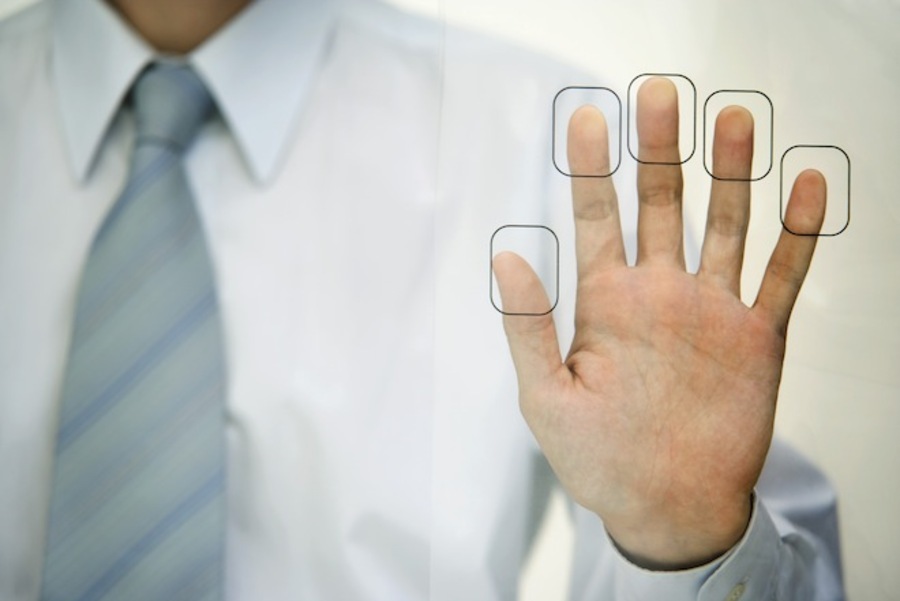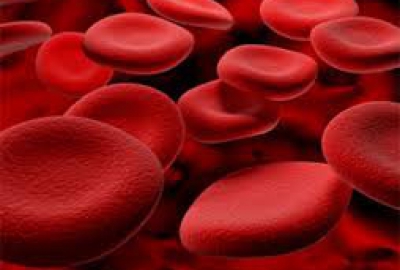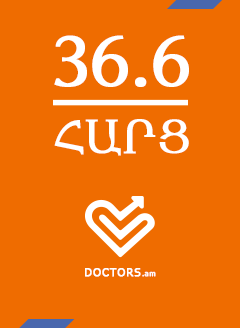They’re a guest star on every CSI and Law and Order episode. But how much do you know about fingerprints?
Fingerprints are formed about two months into the development of the human embryo. As babies develop, the outer skin layer (epidermis) and the inner tissue on our hands and feet both press on the dermal cell layer that’s between them. That builds pressure, which then erupts and forms those random surface prints.
But are they useful? Actually, yes! Fingerprints improve our sense of touch by amplifying the skin vibrations on our fingertips. And as shown by a study done at the École Normale Supérieure in Paris, increased vibrations improve our ability to detect textures. In other words, they allow us to feel subtle, minuscule things, like a single piece of hair.
And here’s the most interesting part: although the probability that two people could have the same fingerprints is incredibly small, it might actually happen. According to Mike Silverman, a Forensic Science Regulator, “Essentially you can’t prove that no two fingerprints are the same. It’s improbable, but so is winning the lottery, and people do that every week.”
Indeed, according to Sir Francis Galton, a 19th-century polymath, the odds of two people sharing the same fingerprint is exactly 1 in 64 billion – and since the world population is over 7 billion and most of us have 10 fingers, we may have beaten the odds!

















